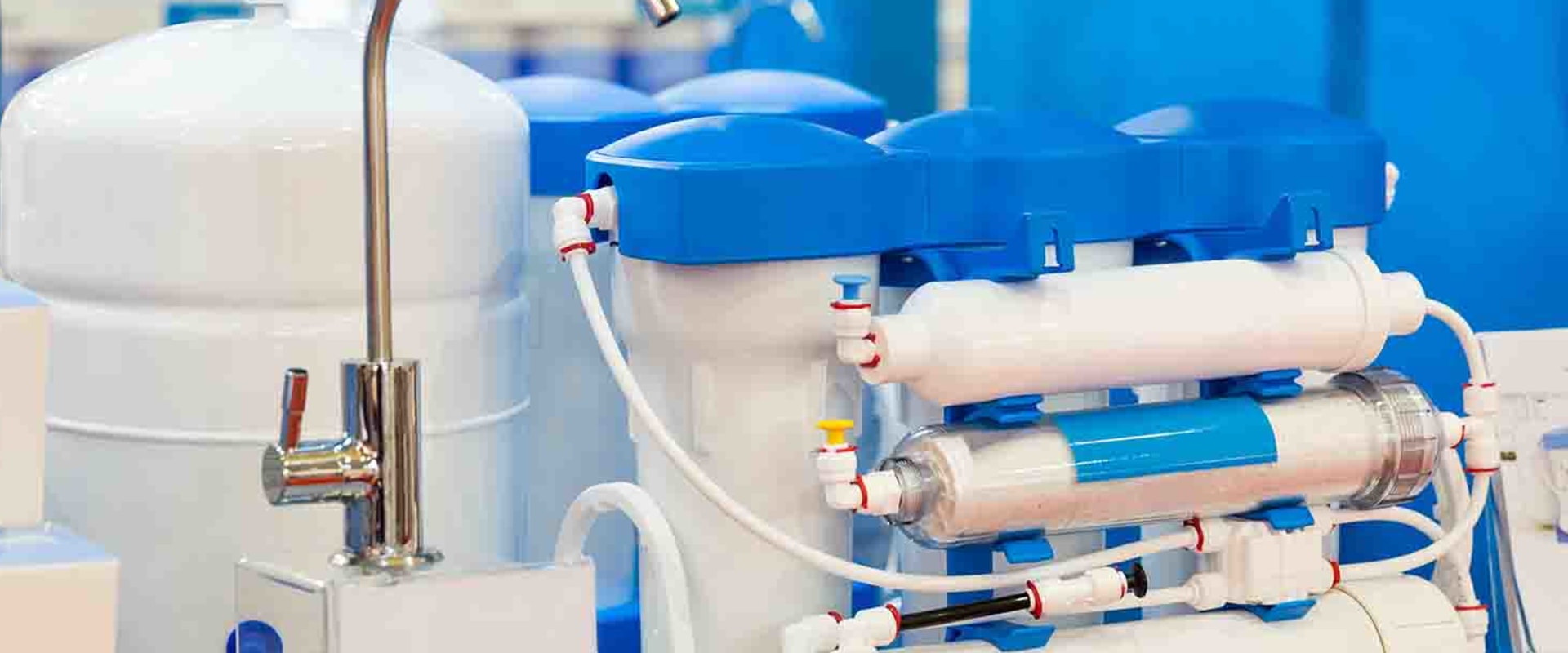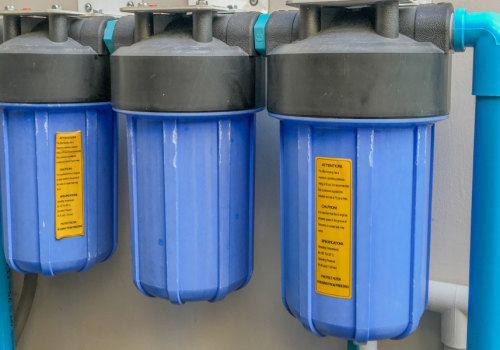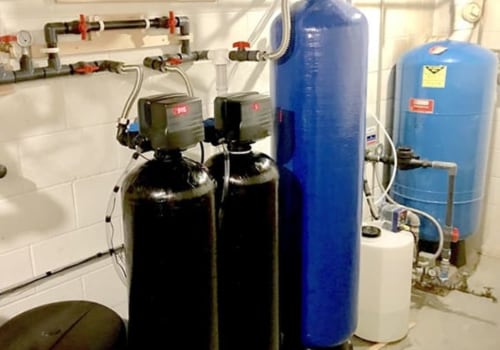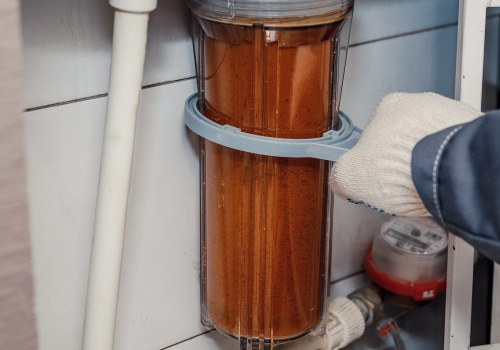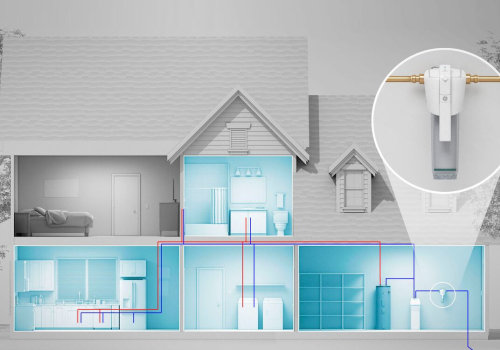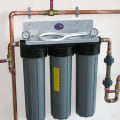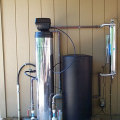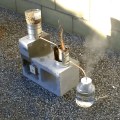When it comes to water filtration, there are a variety of options available. From mechanical filters to reverse osmosis systems, each type of filter has its own unique benefits and drawbacks. In this article, we'll explore the five main types of water filtration systems and discuss their advantages and disadvantages. The five types of filters are mechanical filters, absorption filters, sequestration filters, ion exchange filters, and reverse osmosis filters.
Let's take a closer look at each one.
Mechanical Filters
Mechanical filters are designed to remove particles from water. They work by trapping particles in a mesh or filter paper. Common types of mechanical filters include sediment filters, sand filters, and cartridge filters. These types of filters are often used in industrial applications, water treatment facilities, and for cleaning toxic waste.Absorption Filters
Absorption filters use activated carbon or activated alumina to remove organic pollutants from water.Activated carbon is made from carbonaceous materials such as coconut shells or wood that have been burned and processed so that small irregular spaces form between carbon atoms. As water passes through these pores, activated carbon attracts and traps organic molecules, atoms, and ions in the water.
Sequestration Filters
Sequestration filters use chelating agents to bind metals and other contaminants in the water. These chelating agents form a complex with the metal ions, preventing them from reacting with other substances in the water.Ion Exchange Filters
Ion exchange filters use an ion exchange resin to remove hard minerals such as calcium and magnesium from water. The resin is composed of tiny beads that contain positively charged ions.When water passes through the resin, the positively charged ions in the resin attract and bind with the negatively charged ions in the water.
Reverse Osmosis Filters
Reverse osmosis filtration systems are the most complete and efficient option for under-the-sink or countertop filtration. They use a multi-step process that passes water through a particulate filter, then a semipermeable membrane, and then an activated carbon filter. This series eliminates particles, chlorine, other contaminants, organic compounds, and any residual odors or flavors.Ultraviolet Light Filters
Ultraviolet (UV) light can also be used to inactivate bacteria, viruses, fungi, and other microbes in water. UV light cannot remove particles or gases, so these systems can also use an activated carbon filter.The intensity of the light, the weather conditions, and the composition of the water all affect the effectiveness of a UV-based water filter. These systems also require periodic cleaning and lamp replacement.
Choosing the Right Water Filter
Choosing a water filter for drinking, cooking, bathing, and washing is easy with so many options available. However, you can make the job easier with a little planning and research. Home improvement stores should provide a large inventory of water filters and their installation equipment so that you can do it yourself. It's important to note that water quality varies from well to well.The biochemical properties of the water in your area, the water pressure, the type of pipes it runs through, and even the water source in your home all affect the content of your H20. The Department of Health recommends regular testing to ensure that your filtration system is working properly. If you receive your water from a municipal provider, you can review your local Consumer Confidence Report (CRC) to find out what's in your supply. With a UV filter system, sediments can reduce efficiency by hindering the ability of ultraviolet light to reach microorganisms.
Making an Informed Decision
When it comes to selecting a filtration system for your home or business needs, it's important to make an informed decision based on your specific requirements. Consider factors such as cost effectiveness, maintenance requirements, installation complexity, and environmental impact when making your choice. It's also important to consider how often you'll need to replace parts or cartridges for each type of filter system.Some systems require more frequent maintenance than others. Additionally, some systems may require additional equipment such as pumps or tanks for optimal performance. Finally, consider how much space you have available for installation. Some systems may require more space than others due to their size or complexity.
